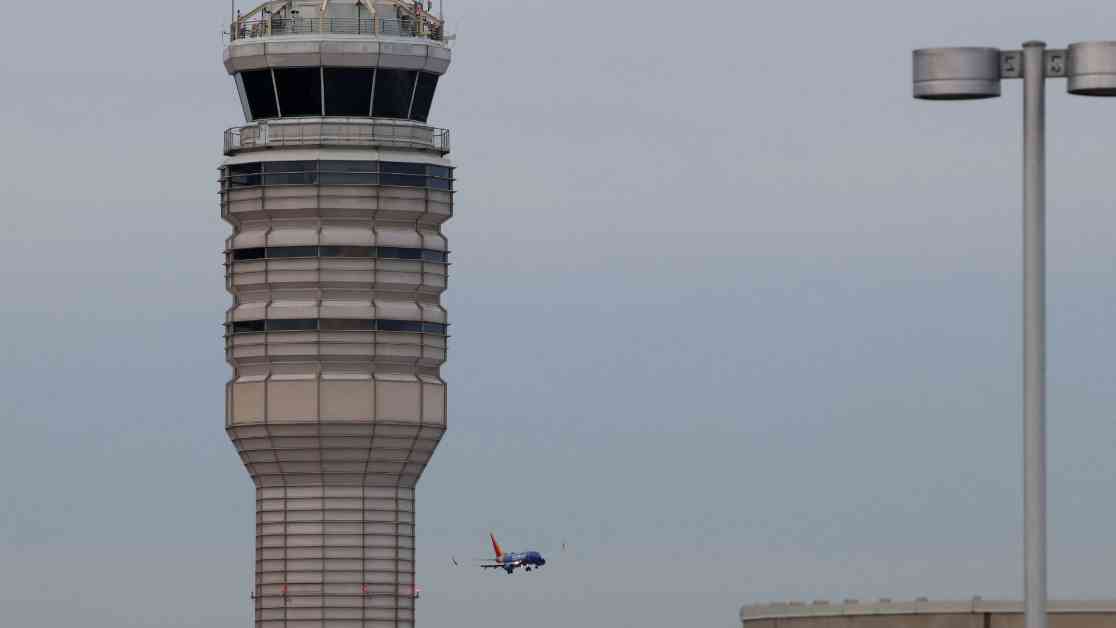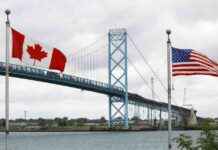The tragic collision between an Army Black Hawk helicopter and an American Airlines jetliner near Ronald Reagan Washington National Airport has prompted significant changes in helicopter traffic regulations. Following the fatal incident, Transportation Secretary Sean Duffy announced that the Federal Aviation Administration (FAA) would implement restrictions on helicopter flights in the vicinity of the airport. This decision, aimed at enhancing airspace security, comes in response to the urgent need to safeguard both airplane and helicopter operations in the area.
Revised Flight Regulations for Enhanced Safety
Effective immediately, the restricted airspace around Ronald Reagan Washington National Airport will encompass key landmarks such as the Memorial Bridge to South Capitol Street Bridge, excluding the Tidal Basin, Haines Point to Wilson Bridge, and the airspace directly above the airport. These new restrictions are designed to prevent future aviation mishaps and ensure the safety of all air traffic in the region. Secretary Duffy emphasized the importance of restoring public trust in the aviation system, underscoring the critical role of these measures in achieving that goal.
National Transportation Safety Board member Todd Inman highlighted the intricate network of helicopter flight paths in Washington, emphasizing the need for adherence to designated tracks. He noted that the Army Black Hawk involved in the collision was transitioning between specific tracks as part of standard operating procedures. This incident has shed light on the complexity of helicopter operations in the area, prompting a reevaluation of existing protocols to prevent similar tragedies in the future.
Unraveling the Causes of the Tragic Collision
American Eagle Flight 5342 was on its final approach to Reagan National Airport when the collision occurred, claiming the lives of all 64 passengers on board the plane and the three individuals in the Army helicopter. This devastating event marked the first fatal commercial airline crash in the United States in over 15 years, underscoring the gravity of the situation. American Airlines CEO Robert Isom expressed bewilderment over the circumstances surrounding the collision, raising questions about the factors that led to the tragic incident.
President Donald Trump’s proactive stance on aviation safety has been commended by industry leaders, with Isom expressing gratitude for the swift action taken by the administration to address the helicopter activity around DCA. The ongoing investigation into the crash is focused on critical aspects such as the altitude of the aircraft, staffing levels, and communication protocols with air traffic controllers. These inquiries are crucial in piecing together the sequence of events that culminated in the fatal collision, shedding light on potential areas for improvement in aviation safety protocols.
As per FAA regulations, helicopters operating in and around Washington are required to maintain a maximum altitude of 200 feet near the airport. This standard is aimed at ensuring safe and efficient helicopter operations in the region, particularly given the proximity of military installations, the Pentagon, and other strategic locations. The collision has underscored the importance of strict adherence to these regulations to prevent airspace conflicts and mitigate the risk of such tragic incidents in the future.
In conclusion, the fatal collision near Ronald Reagan Washington National Airport has prompted a reevaluation of helicopter traffic regulations to enhance safety and prevent similar incidents in the future. The swift response from aviation authorities underscores their commitment to upholding the highest standards of safety and security in the nation’s airspace. As investigators continue to unravel the causes of the collision, the aviation industry remains focused on implementing measures to prevent such tragic events and safeguard the lives of passengers and crew members alike.



















